Aglaia odorata – A present from the Greek Goddess
by Alex Butova, the Witch of Herbs and Cats
Alexandra Butova is our columnist, journalist, and photographer, living in Riga, Latvia. She has has been with TopTropicals since Day One (2002), writing about magic plants, travel, and of course cats - from the CatNation she belongs to. Alex is in charge of TopTropicals.ru website.
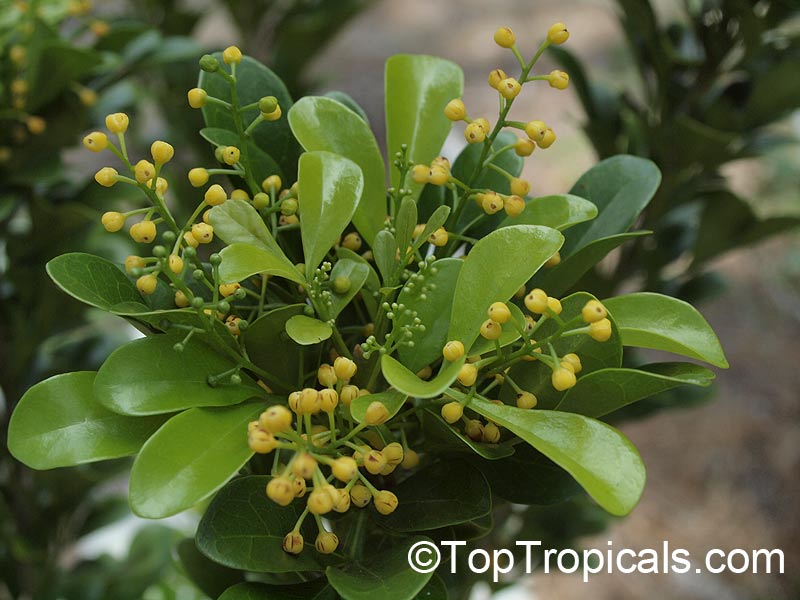
Aglaia odorata is a species of plant in the mahagony family Meliaceae. It is found in Cambodia, China, Indonesia, Myanmar, Taiwan, Thailand, Vietnam. It is occasionally sold as a house plant under the name Chinese Perfume Plant.
The plant’s genus name comes from Greek mythology. Aglaia was the name of one of the three Graces. Aglaia is the Greek goddess of beauty, splendor, glory, magnificence, and adornment. She is one of three daughters of Zeus and either the Oceanid Eurynome. Her two sisters are Euphrosyne, the goddess of joy or mirth, and Thalia, the goddess of festivity and rich banquets. Together they are known as the Graces, and they were responsible for overseeing all feasts and dances. They were part of the retinue of Aphrodite with Aglaia sometimes acting as her messenger.

The specific plant name is in Latin adjective odoratus - scented, with reference to the fragrant flowers.
Chinese Perfume Plant is large shrub or small tree with highly branched crown that can grow up to 15-20 ft tall, but usually is trimmed into a compact bush or in Southern landscapes, to a hedge.
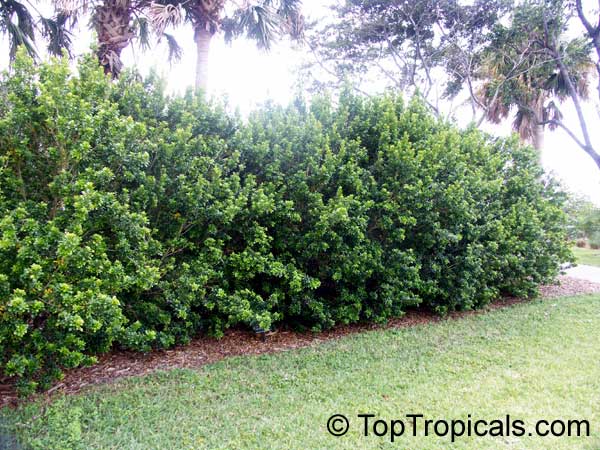
The plant produces fragrant flowers almost year round. The tiny yellow flowers - each about the size and shape of a grain of rice grow in panicles about 2-4" long. They are shaped like tiny balls but do not open when the flowers bloom. The scent exuded by Chinese Perfume Tree flowers is sweet and lemony, with spicy undertones. It is stronger during the day than at night.
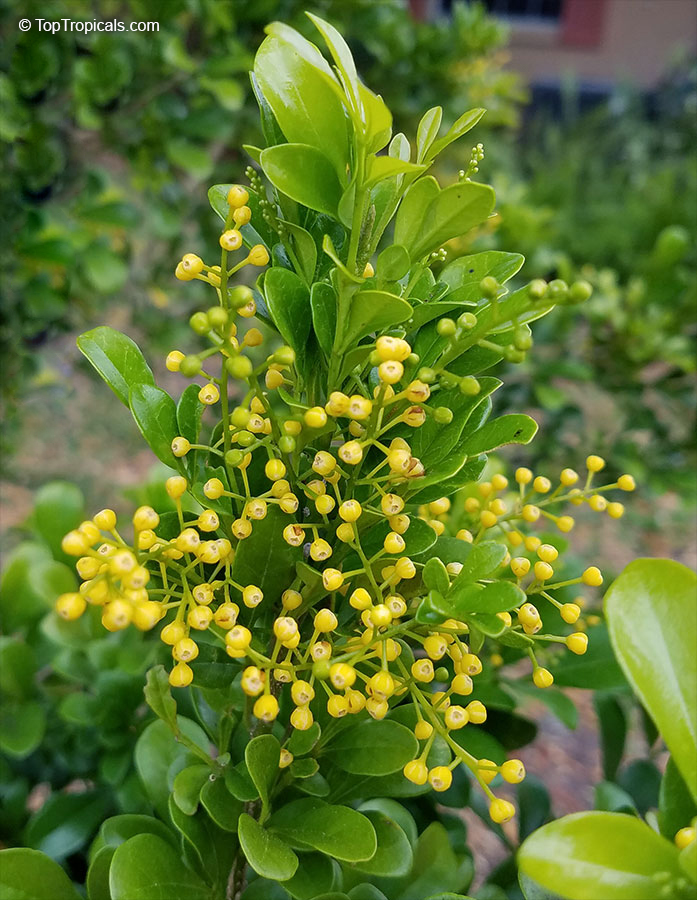
Aglaia odorata will bear either male or female flowers. Both types of flowers are fragrant, but only a pollinated female flower produces the fruit, a small egg-shaped berry with fleshy tissue and one or two seeds inside.
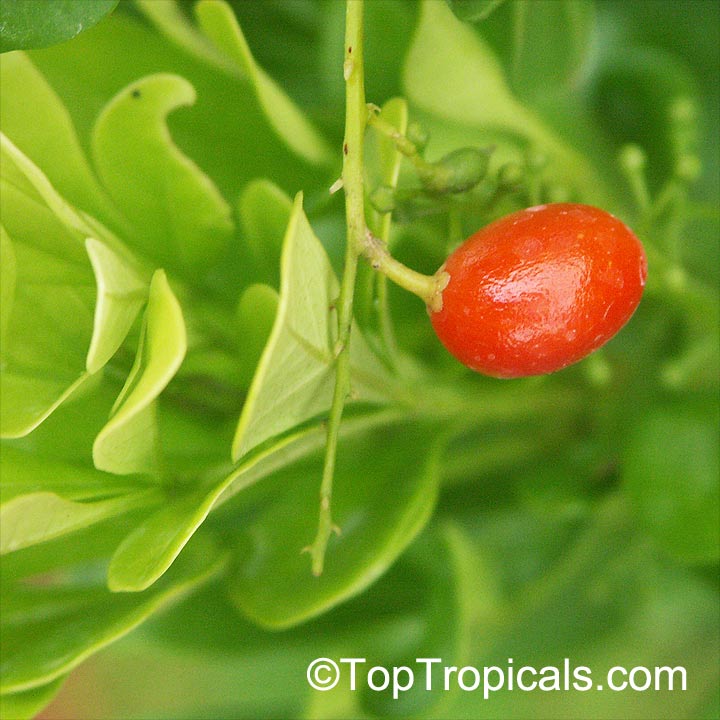
This plant has many medical uses. The traditional medicine used many parts of Aglaia odorata - roots, leaves, flowers and branches. They have potent insecticidal properties, antifungal, antiviral, antibacterial or anthelmintic bioactivity. The modern medicine used odorine and odorinol obtained from this plant as cancer chemopreventive activity.
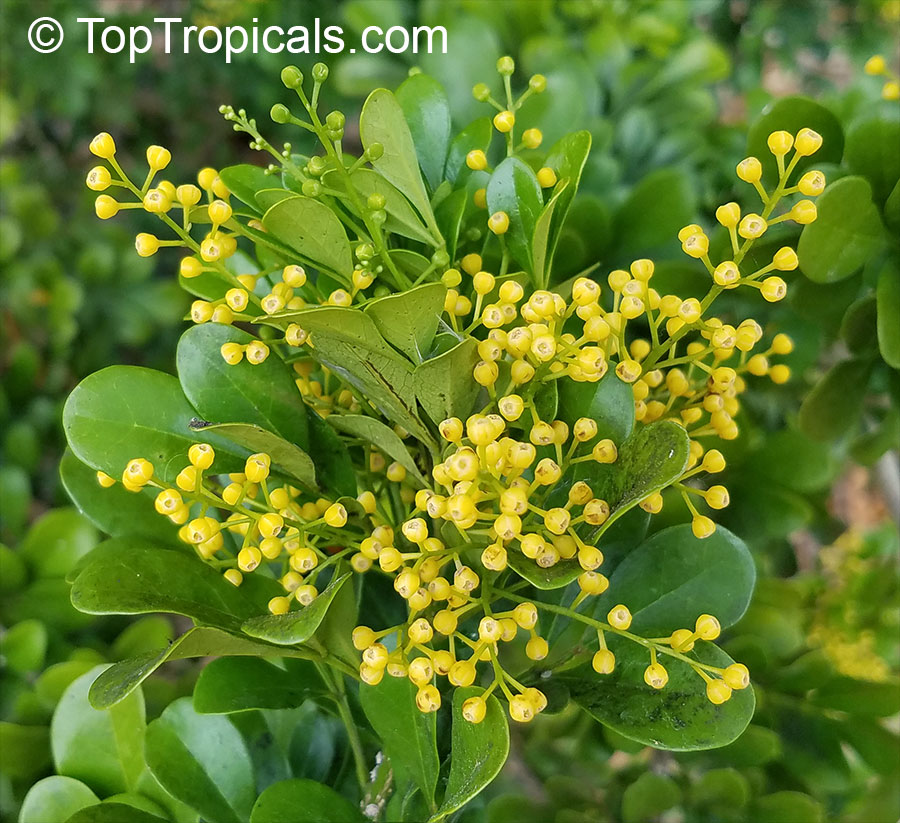
It is often grown as a hedge, and is cultivated in gardens of southeast Asia as an ornamental and for the very fragrant flowers which are used to flavor tea, to scent clothes, mixed into cigarettes and can be used to produce perfume. Tender young leaves is cooked and eaten as a vegetable.
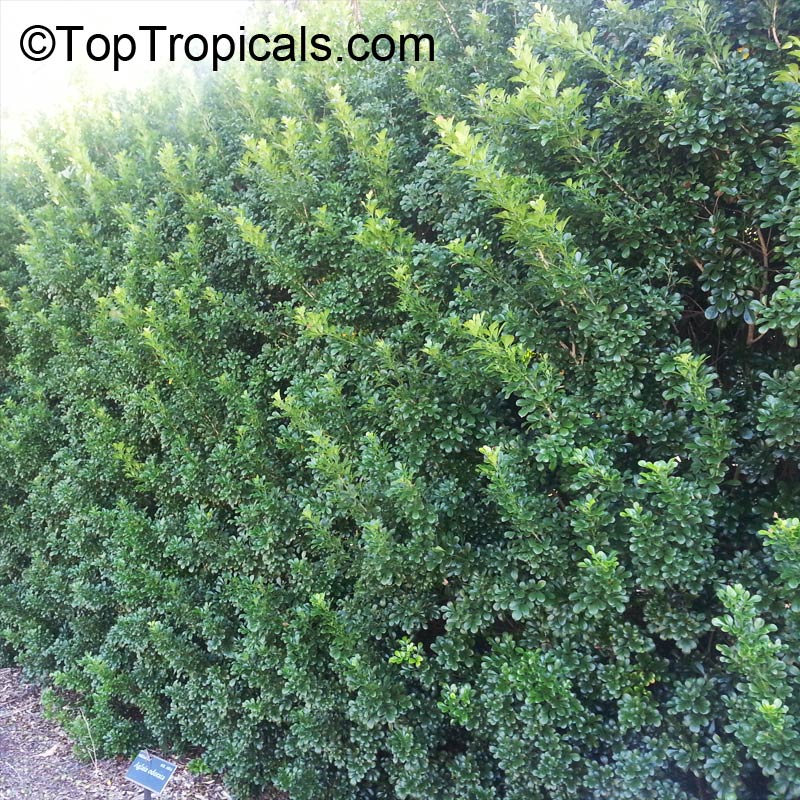
In the United States, Chinese Perfume Tree grow only in cultivation and are often planted for their fragrant blossoms. The trees are hardy in USDA zones 9-11. In cooler regions Aglaia odorata plants can be grown in containers and move them indoors when temperatures drop. Also it is the beautiful houseplant, and can be used as a Bonsai.
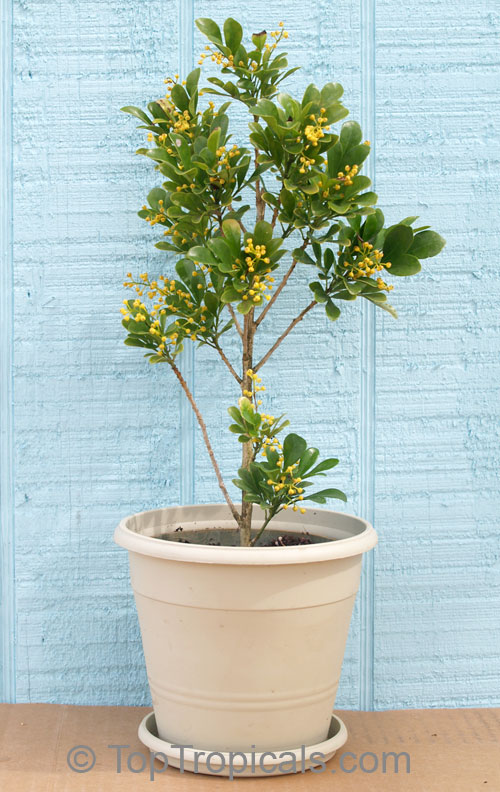
The tree will need well-draining soil and a location with full or partial sun. Container plants brought inside should be located next to sunny windows. They’ll need moderate but regular irrigation. The soil must dry out between watering times.
This small tropical tree is almost always covered in blooms; it will bring in your home the outstanding fragrance, and bright shining of antic Aglaia The Grace!
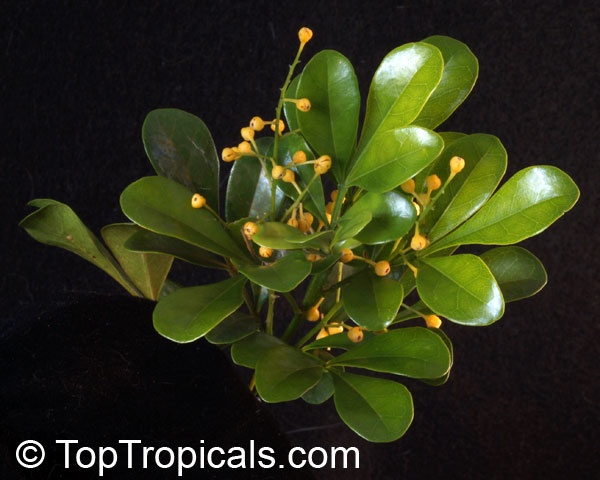
RECOMMENDED FERTILIZERS:
SUNSHINE Pikake - Fragrant Flower Booster
Plumeria Top Dress - Smart-Release Booster

